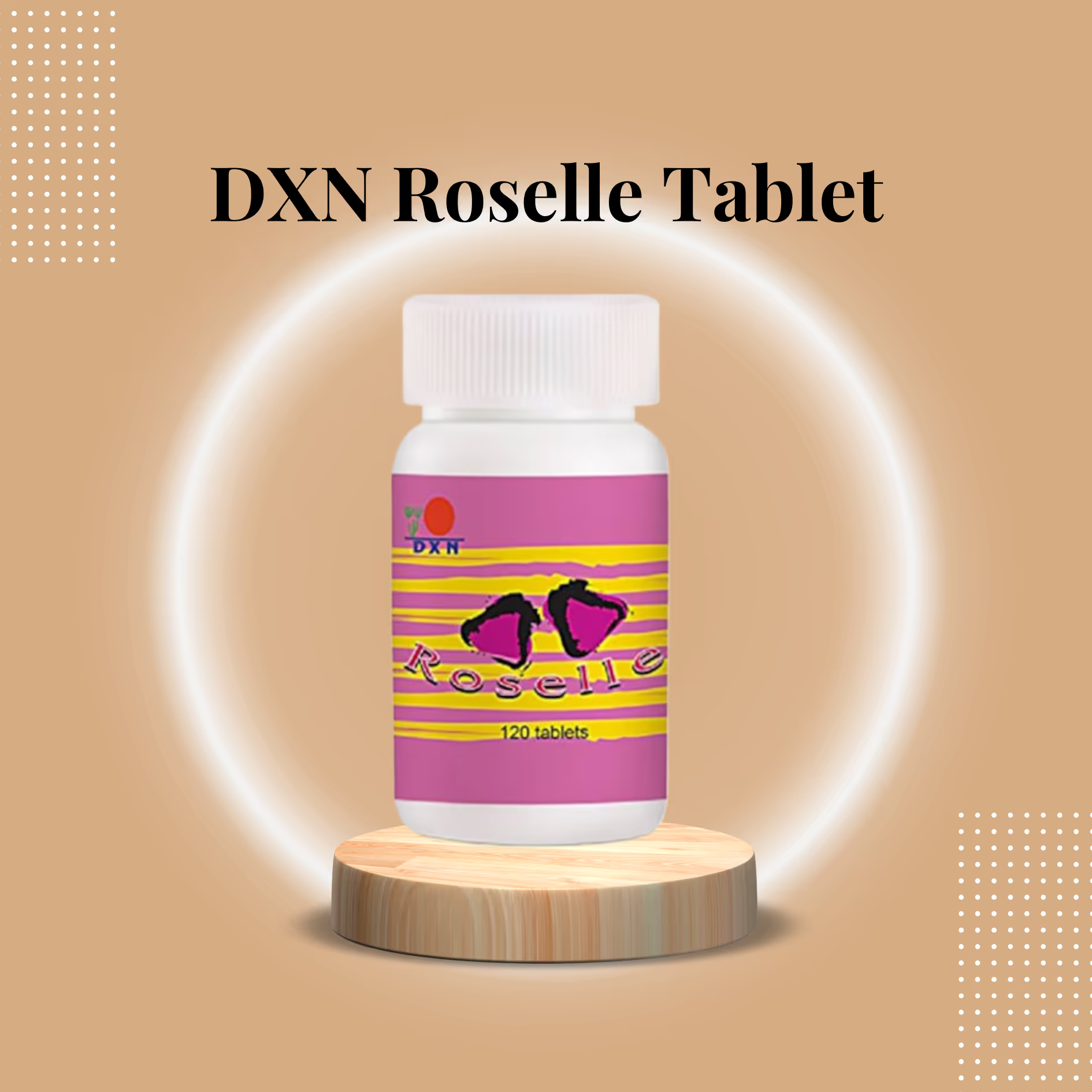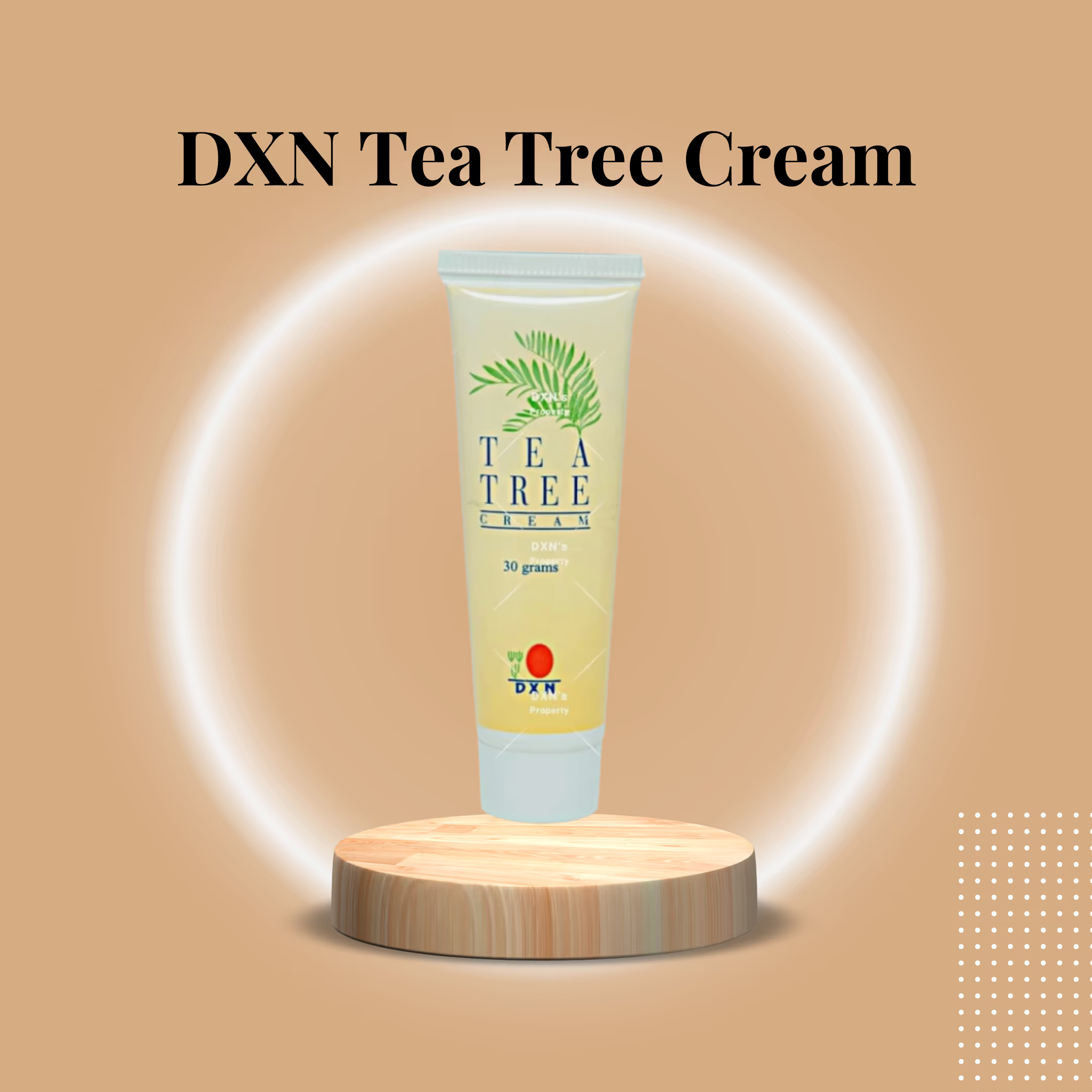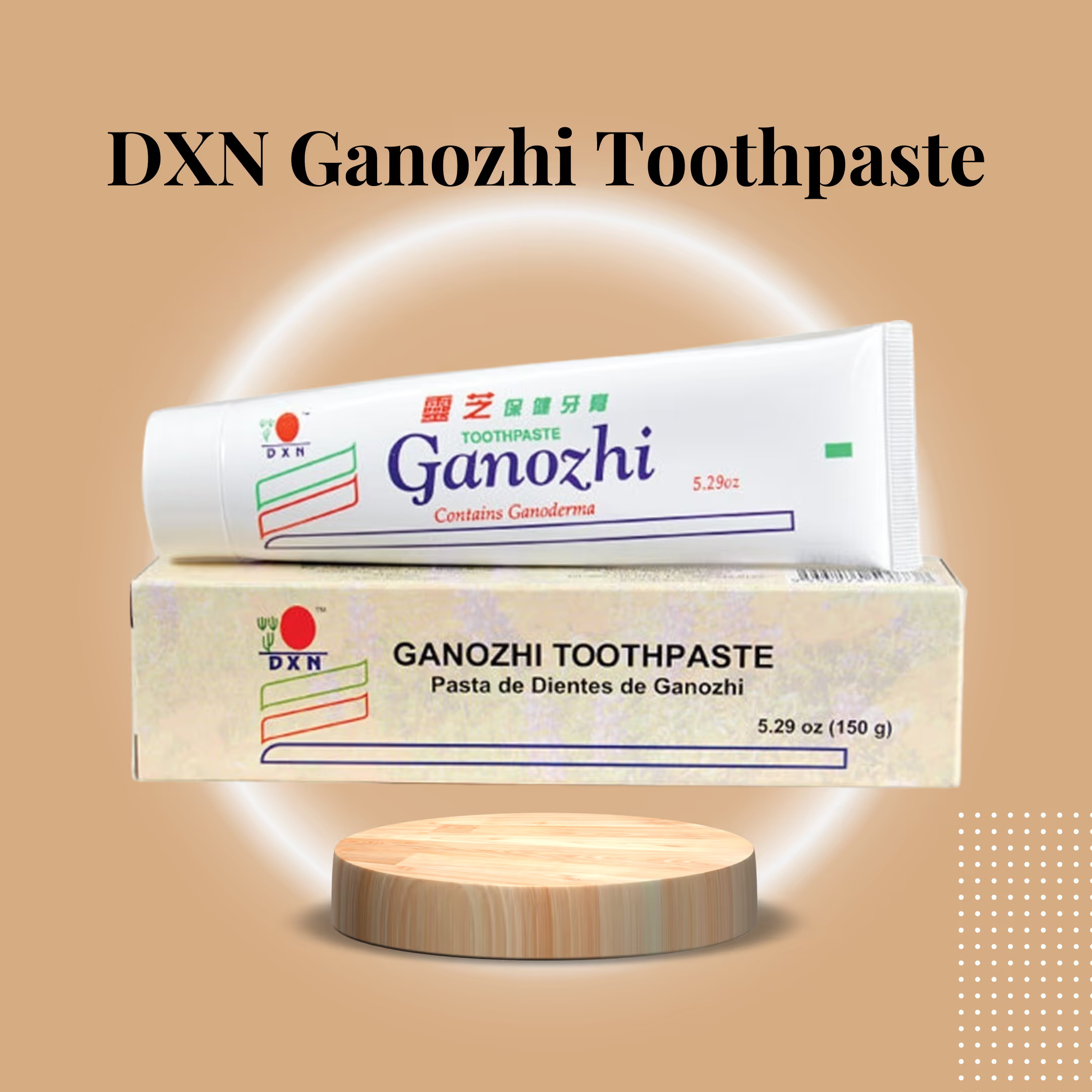What Roselle is and why the tablet format matters
Roselle comes from the calyces of Hibiscus sabdariffa — the bright-red, cup-shaped parts that surround the flower. These calyces are rich in phytochemicals like anthocyanins, phenolic acids, and natural vitamin C. In many cultures, Roselle is consumed as a tea, but heat and brewing variables can degrade sensitive compounds. A tablet formulation aims to stabilize these actives, preserve their potency, and simplify and standardize dosing. For anyone seeking consistent results, a standardized tablet offers practical advantages, including predictable daily intake, easier compliance, and reduced loss of heat-sensitive molecules.
The phytochemical toolkit: what’s doing the work
Roselle’s benefits stem from a combination of compounds that work together. Understanding their individual roles helps clarify the broader effects.
Anthocyanins — color and antioxidant strength
Anthocyanins are the pigments that give Roselle its striking red color. They’re powerful antioxidants that scavenge free radicals and protect cells from oxidative damage. This antioxidant action supports blood vessel health by reducing oxidative stress on the endothelium (the thin lining of blood vessels), which helps maintain elasticity and function. Because anthocyanins are sensitive to heat and pH, maintaining their stability — as in a tablet — can preserve their biological potency compared to heat-prepared infusions.
Protocatechuic acid (PCA) — a multitasker
Protocatechuic acid is a phenolic acid found in Roselle that brings a mix of biological activities. Research shows that PCA can have antigenotoxic and antimicrobial effects, and in laboratory models, it has been associated with antiviral activity against specific viruses. PCA also appears to influence cellular signaling pathways related to inflammation and cell survival. While much of the detailed mechanistic work comes from lab and animal studies, PCA adds a layer of cellular regulation on top of general antioxidant protection.
Vitamin C — immune and repair support
Roselle is naturally a source of vitamin C, which helps recycle antioxidants and supports immune function and tissue repair. Vitamin C also plays a role in collagen synthesis and general tissue maintenance, making it a complementary partner to anthocyanins and PCA in Roselle’s overall effect profile.
How these compounds translate to real-world benefits
The combination of anthocyanins, PCA, and vitamin C produces an overlapping set of functions that are especially relevant for cardiovascular and metabolic health.
Blood pressure regulation: nitric oxide and ACE pathways
Clinical research indicates that hibiscus extracts can meaningfully lower systolic blood pressure in individuals with elevated readings. Mechanistically, Roselle appears to exert its effects through several complementary pathways:
- ACE inhibition: Roselle contains compounds that influence the renin–angiotensin system by inhibiting angiotensin-converting enzyme (ACE), thereby reducing the production of the vasoconstrictor angiotensin II. Less angiotensin II results in lowered vascular resistance.
- Nitric oxide (NO) bioavailability: Some studies have observed increased NO markers after hibiscus supplementation. NO is a potent vasodilator that supports blood flow and reduces blood pressure.
- Endothelial improvement: Antioxidant protection minimizes oxidative damage to the endothelium, helping maintain the vessel’s ability to dilate and respond to physiological demands.
Quantitatively, aggregated clinical data show reductions in systolic blood pressure that are clinically meaningful for those with elevated blood pressure. Because the tablet contains standardized Roselle extract, it enables consistent dosing comparable to the extracts used in clinical trials.
Cholesterol and lipid benefits
Multiple trials and reviews have shown that hibiscus supplementation can regularly reduce total cholesterol and LDL cholesterol levels. While the degree of effect can vary, pooled evidence suggests that the most reliable benefits are a reduction in LDL and total cholesterol levels. These benefits are likely due to antioxidant effects and support of healthy liver metabolism. Results on triglycerides and HDL cholesterol are less consistent across studies, so the primary lipid benefits of Roselle are focused on reducing LDL and total cholesterol.
Anti-inflammatory, antimicrobial, and renal support
Roselle’s antioxidants help reduce chronic, low-grade inflammation, as indicated by a decline in certain inflammatory markers. Research also reports Roselle’s ability to inhibit bacteria, and its mild diuretic effect may help support kidney health by increasing urinary output. Together, these benefits may support lower inflammation, healthier microbial balance, and aid in short-term renal function.
Blood sugar and metabolic balance
Hibiscus supplementation has been shown to help people with normal or slightly elevated blood sugar maintain better glycemic balance. These improvements, including more stable blood sugar and possibly better insulin sensitivity, are most notable when Roselle is combined with efforts to manage blood pressure and cholesterol. This makes Roselle a well-rounded addition for individuals addressing multiple metabolic risk factors.
Liver protection and antioxidant detox support
Preclinical studies on Roselle suggest improved markers of liver health and reduced oxidative stress. The antioxidants in Roselle may protect liver cells, while its possible gentle diuretic and detox-supporting actions could aid in natural elimination. Although most human evidence focuses on cardiovascular or metabolic outcomes, this liver support further justifies the use of Roselle in wellness plans.
Performance and recovery — surprising gains
Emerging research suggests Roselle supplementation can improve aerobic fitness (VO2max), strength, balance, and post-exercise recovery. These improvements appear to be linked to improved blood flow, enhanced oxygen delivery, and reduced oxidative stress. Therefore, Roselle may be considered a supportive, natural ingredient for people aiming to enhance endurance and recovery, without acting as a stimulant.
Practical usage: how to take the DXN Roselle Tablet for the best outcomes
Consistent intake and clear expectations are essential for achieving reliable results.
Typical dosing framework
- Standard adult protocol: 1–2 tablets daily taken with water.
- Timing: Taking the tablet with a meal can improve tolerance and help minimize minor digestive complaints in sensitive individuals. It may also enhance absorption for certain compounds.
- Duration: Many clinical studies observe benefits after 4 weeks or more of continuous use; therefore, treat Roselle as a medium-term intervention. Consistency for several weeks is important to achieve measurable changes in blood pressure and lipid markers.
Who benefits most
- People with mildly elevated blood pressure or cholesterol are looking for a non-pharmacologic adjunct.
- Individuals aiming to improve antioxidant status and reduce systemic inflammation.
- Active people seeking a natural way to support endurance, recovery, and oxygen utilization.
- Those looking to add a plant-based, standardized supplement to a broader lifestyle program (diet, exercise, sleep).
Safety, interactions, and special populations
Roselle is generally safe for most adults when taken at recommended doses, but certain precautions apply:
- Pregnancy and breastfeeding: Avoid use unless advised to do so by a healthcare provider. Safety data in these groups are limited.
- Medication interactions: Because Roselle can lower blood pressure and has mild diuretic effects, individuals taking prescribed antihypertensive medications or diuretics should consult a physician before combining these therapies. Synergistic effects could lead to hypotension or electrolyte imbalance without proper monitoring.
- Allergy: Individuals with known sensitivity to hibiscus or similar plants should not use the product.
- Side effects: Reported adverse effects are uncommon and typically mild (small risk of digestive upset). Taking the tablet with food usually reduces this risk.
Putting Roselle into a broader wellness plan
No supplement is a stand-alone cure. Roselle works best when layered into an overall strategy that includes:
- Diet: A whole-foods approach that limits processed fats and added sugars helps amplify Roselle’s lipid and glycemic benefits.
- Exercise: Cardiovascular and resistance training complement Roselle’s effects on blood flow and metabolic efficiency.
- Sleep and stress management: Improving sleep and reducing chronic stress helps lower baseline inflammation, creating a more favorable environment for supplements to be effective.
- Monitoring: If you’re using Roselle for blood pressure or cholesterol, periodic measurements (using home monitors or lab tests) will help you see the real-world effects and adjust your use with professional guidance as needed.
Realistic expectations and timeline
- First few weeks: Minor improvements in subjective energy or digestion may occur. Objective vascular or lipid changes are unlikely to be immediately apparent.
- 4–12 weeks: This is the typical timeframe during which clinical trials typically report measurable reductions in systolic blood pressure and LDL cholesterol. Continued use beyond this window is often necessary to maintain gains.
- Long-term: With consistent lifestyle support, Roselle can be an ongoing part of a risk-reduction plan for cardiovascular and metabolic health.
Quick-reference summary (what the tablet delivers)
- Primary strengths: Clinically supported reductions in systolic blood pressure and LDL cholesterol; antioxidant & anti-inflammatory support.
- Secondary benefits: Modest blood sugar regulation, liver-supportive antioxidant effects, potential performance support (VO2max, strength).
- Safety highlights: Generally well-tolerated; caution advised for pregnant/nursing individuals, as well as those taking antihypertensive/diuretic medications.
.avif)





